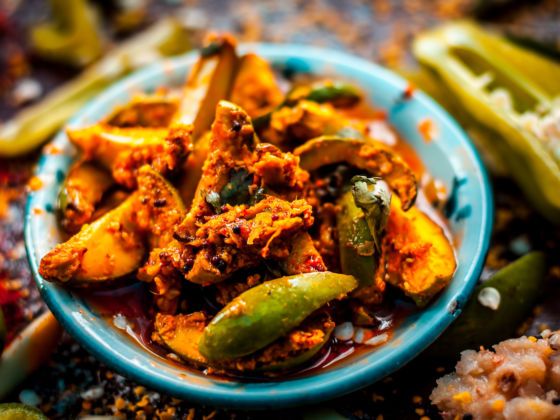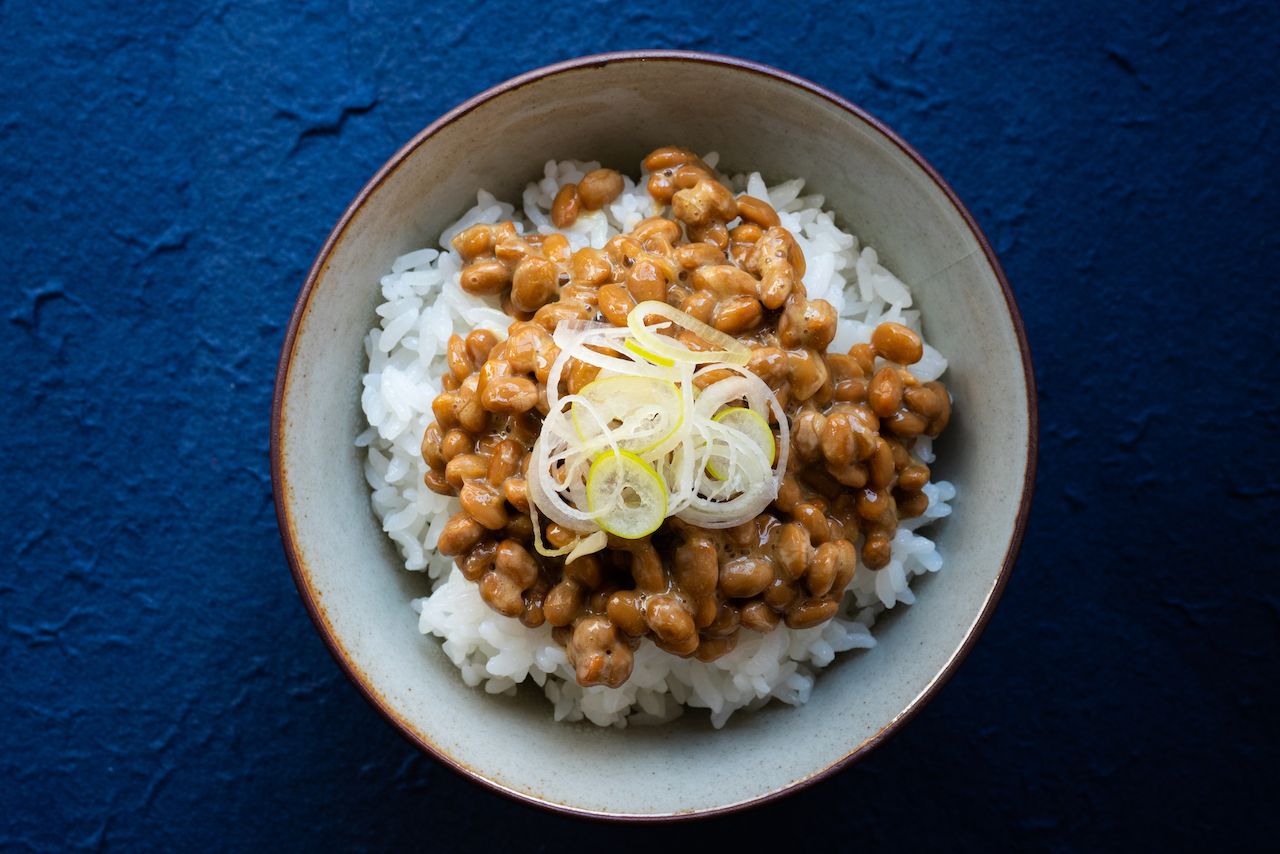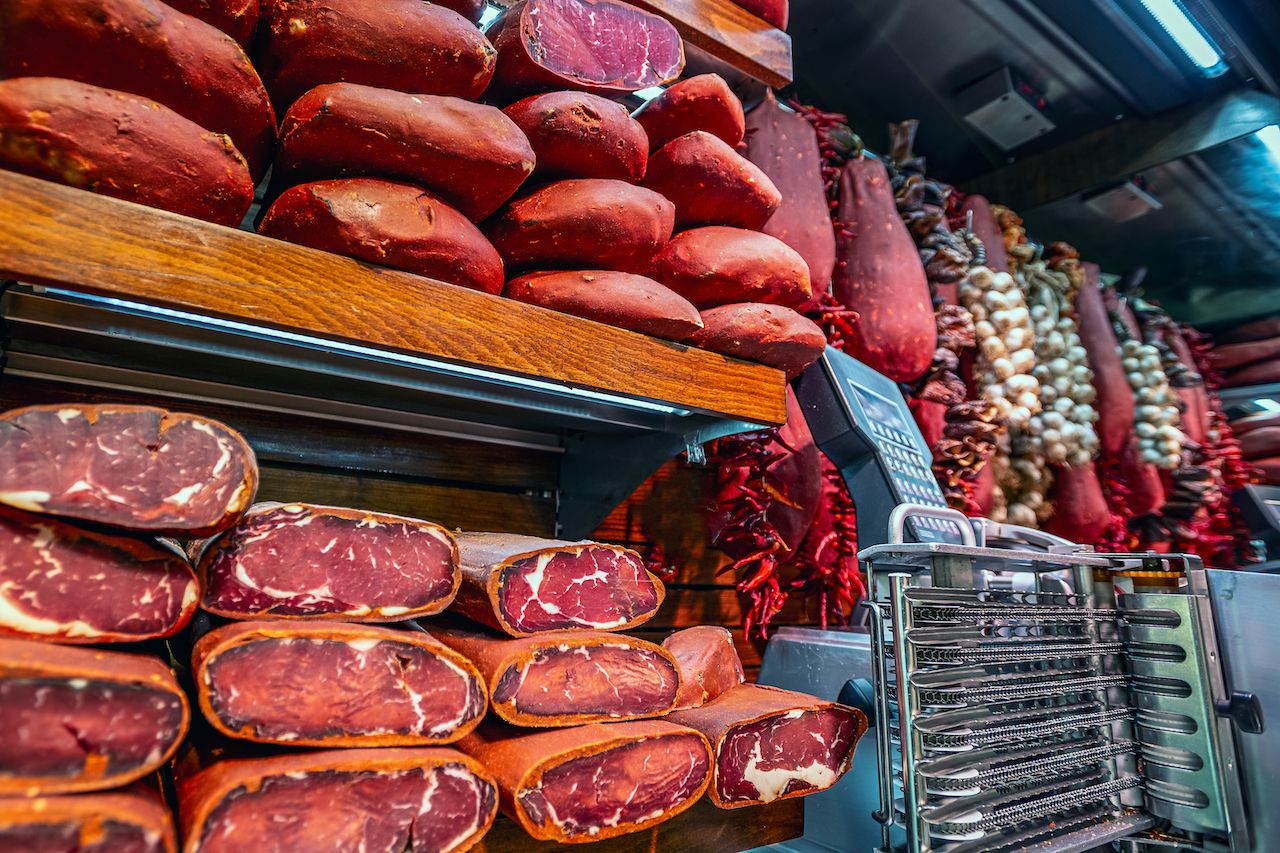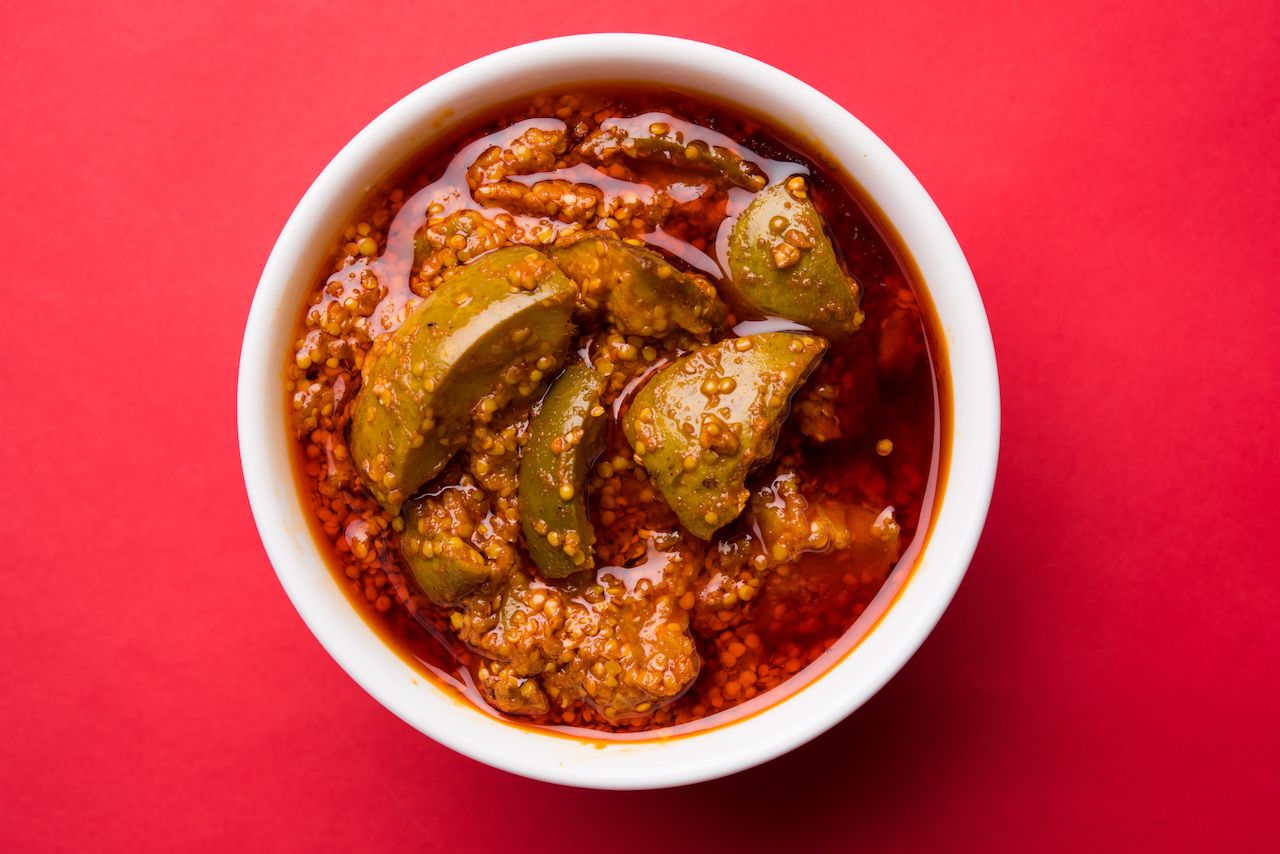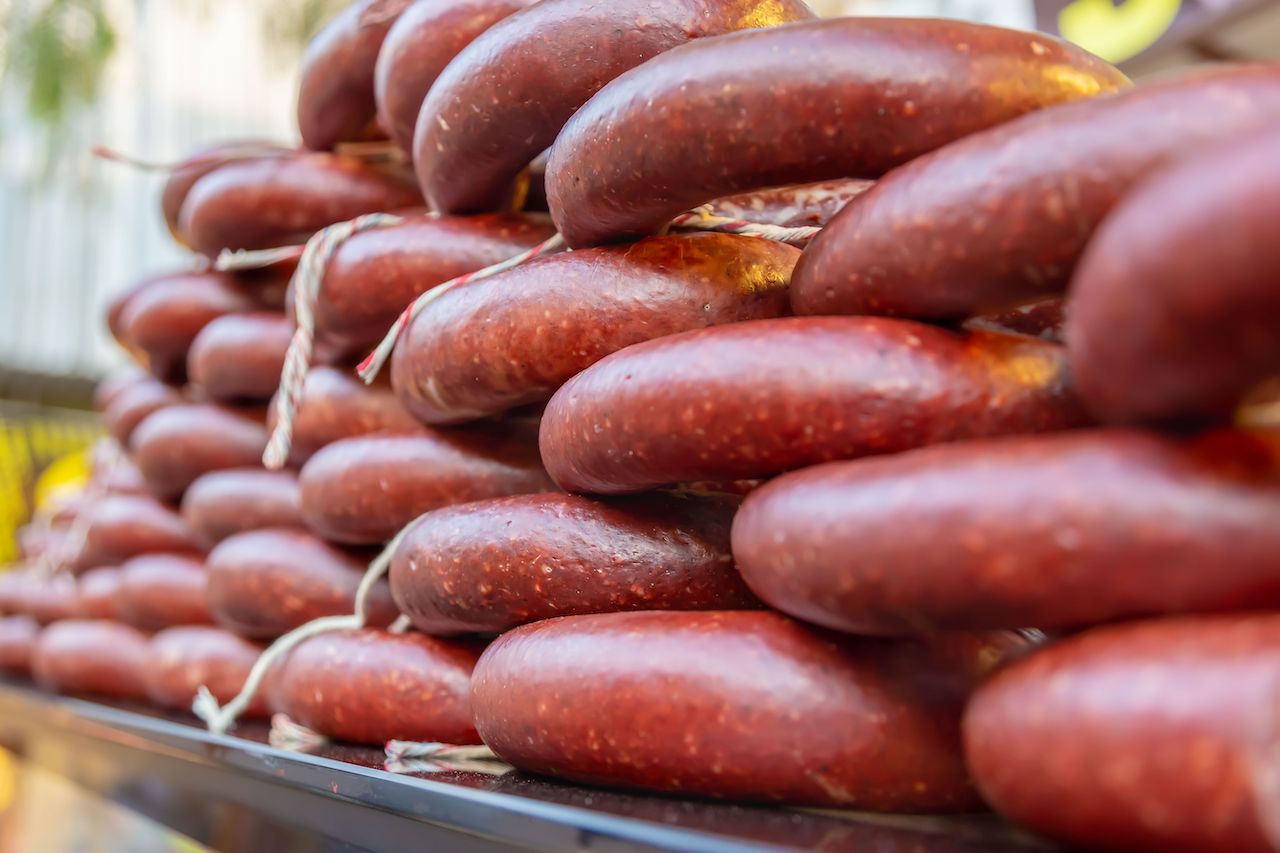It’s easy to take refrigeration for granted. But far before these nifty gadgets arrived in our kitchens, humans had to be a little more creative when it came to keeping their food edible for longer. Averse to wasting nutrient-rich ingredients, our ancestors turned to pickling, fermenting, drying, and curing our food to avoid starvation — and many dishes created using these techniques remain centerpieces of cuisines across the globe today. Korean people have been pickling cabbage to make kimchi for 4,000 years. The Vikings dried cod on wooden racks to make sure they had meals on hand for long ocean voyages. The ancient Romans sold meat cured with salt in markets as early as the second century BCE. And those are just the dishes you’ve probably tried yourself, or at least heard about before.
Countries throughout Asia, West Africa, the Meditteranean, the Middle East, Europe, and Scandinavia are still preserving foods using ancient techniques. Here are 12 fermented, dried, pickled, and cured dishes you may not have tasted.
